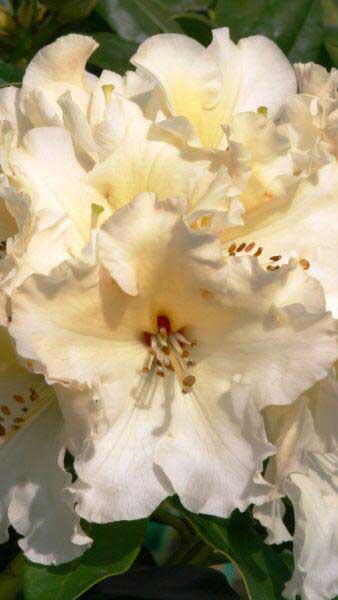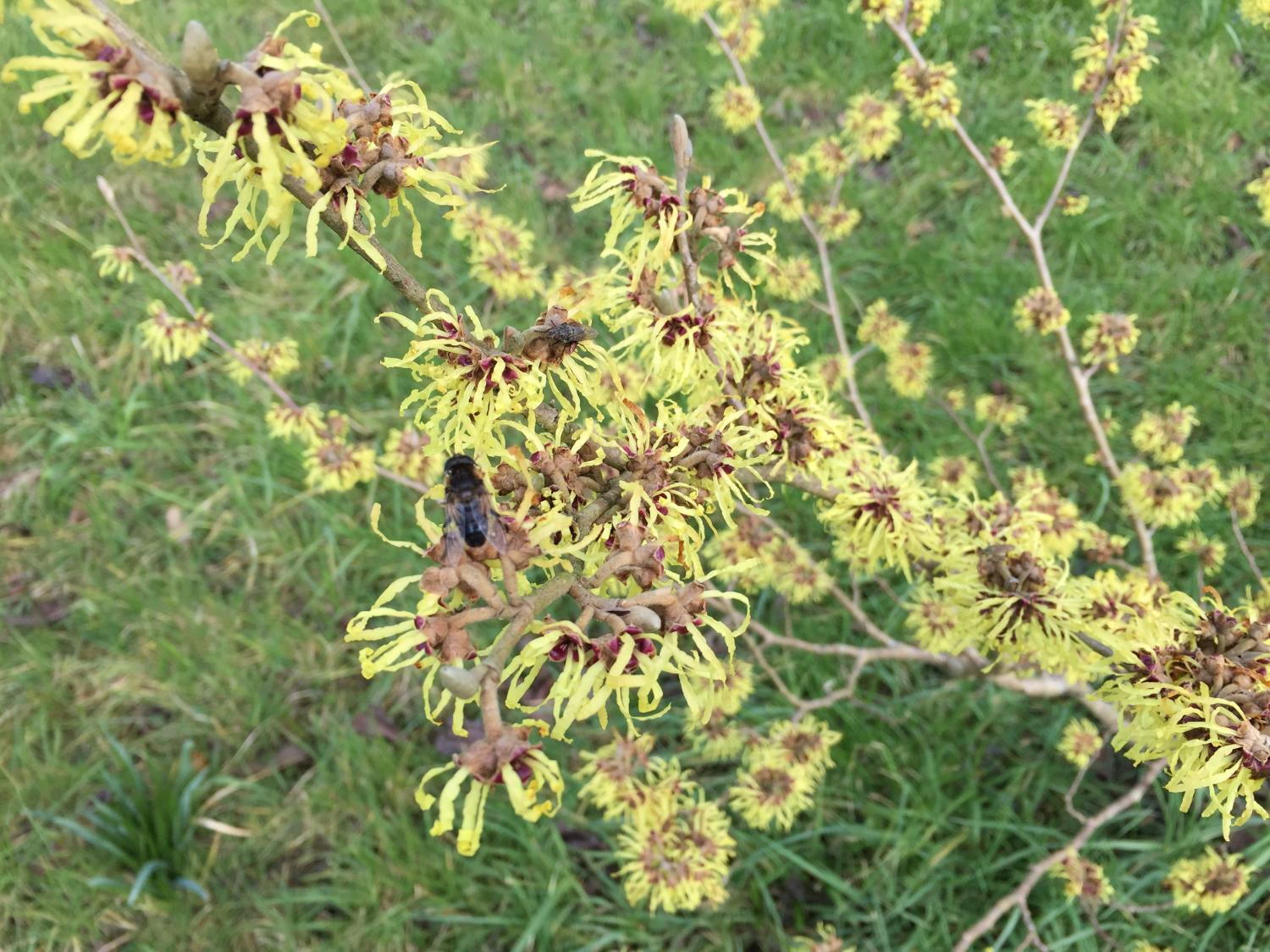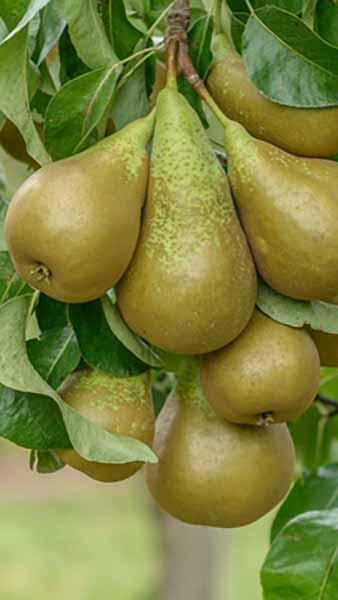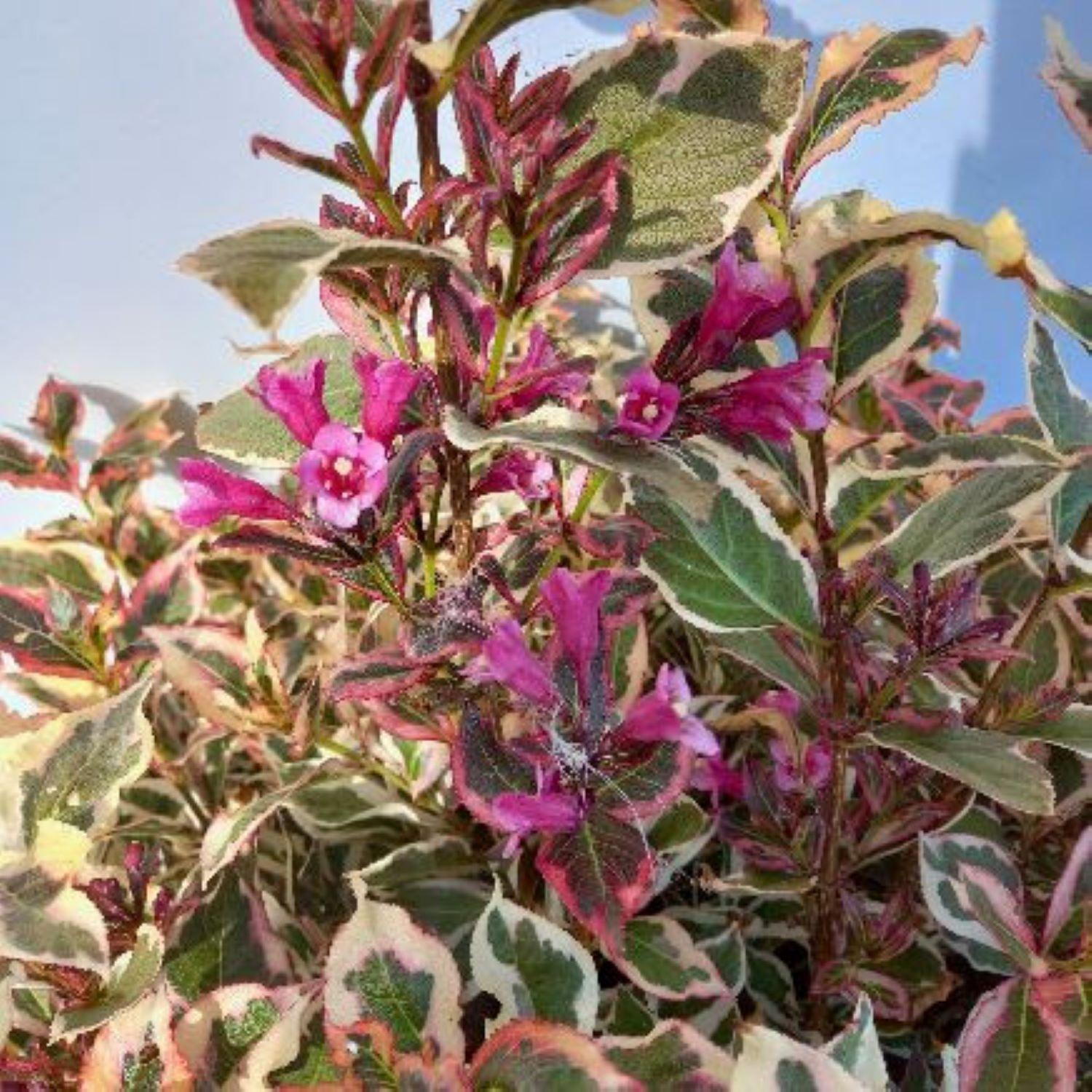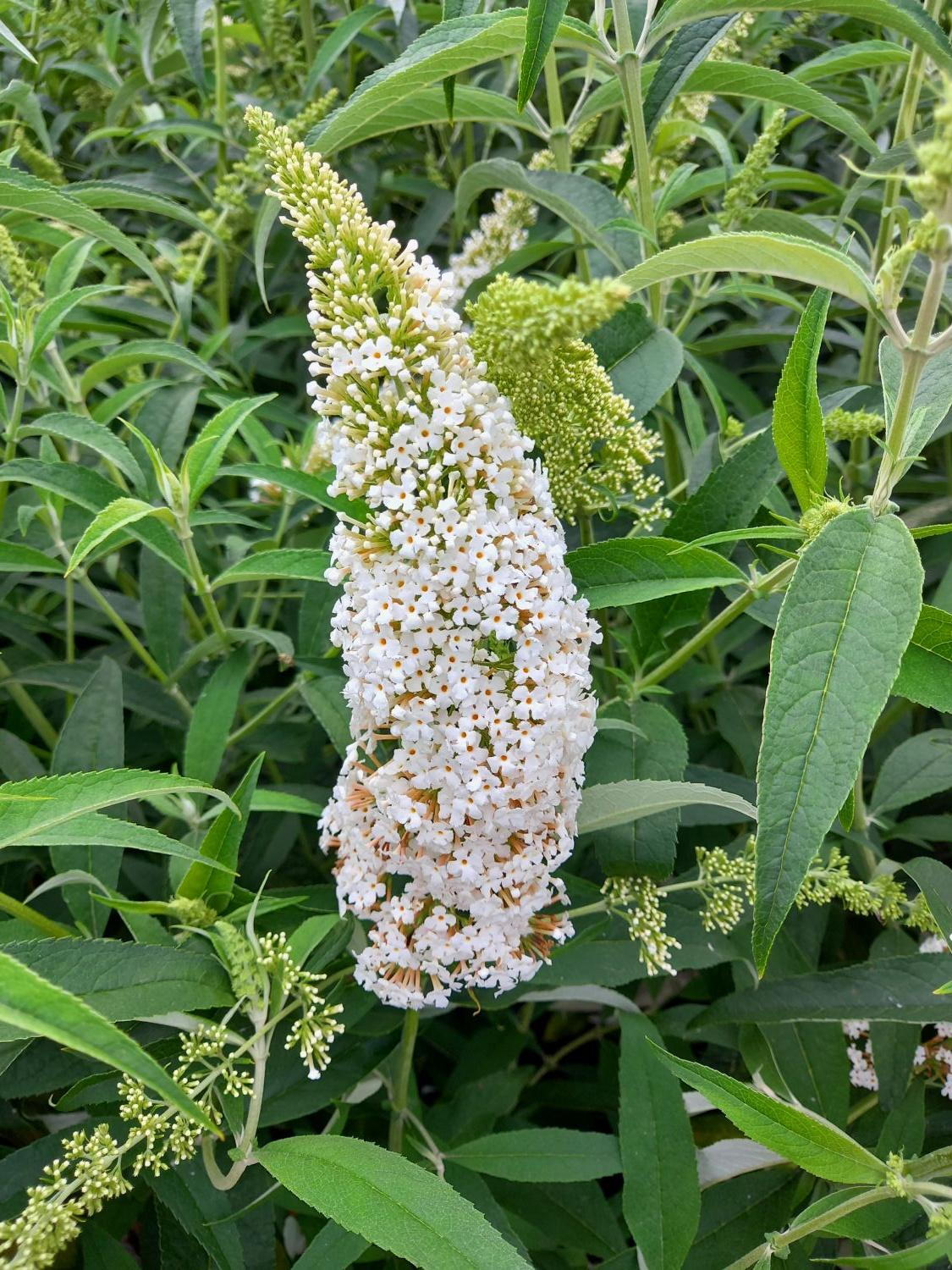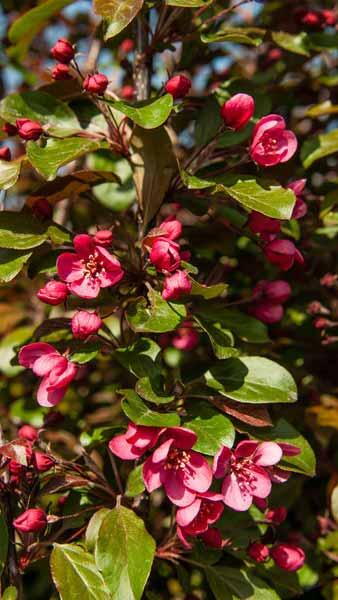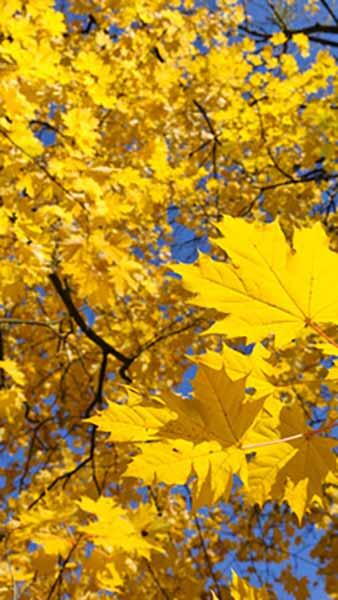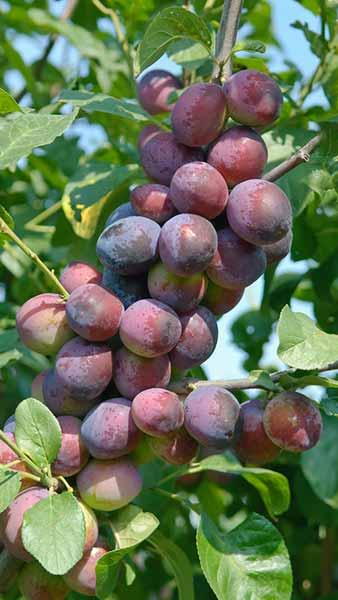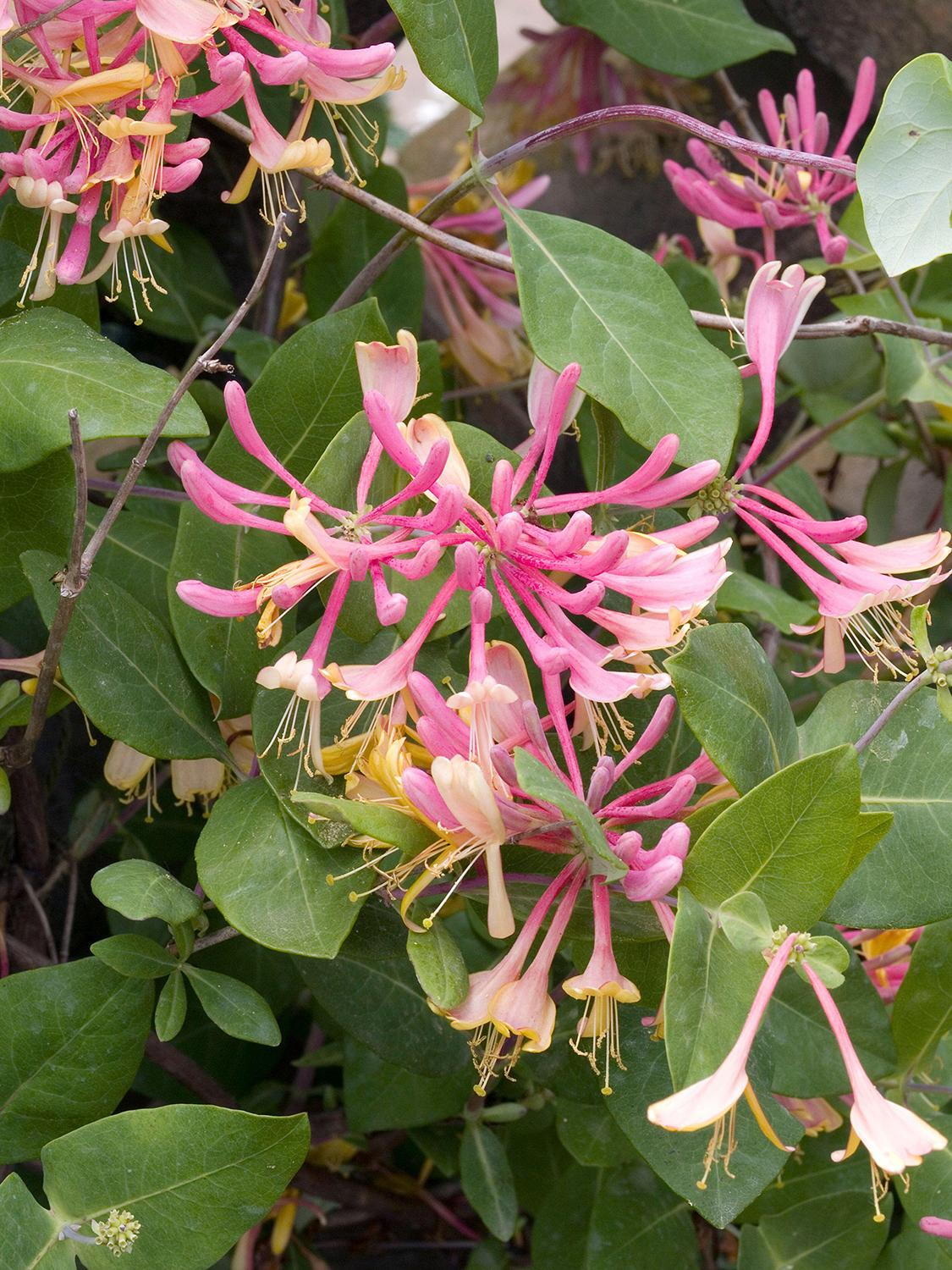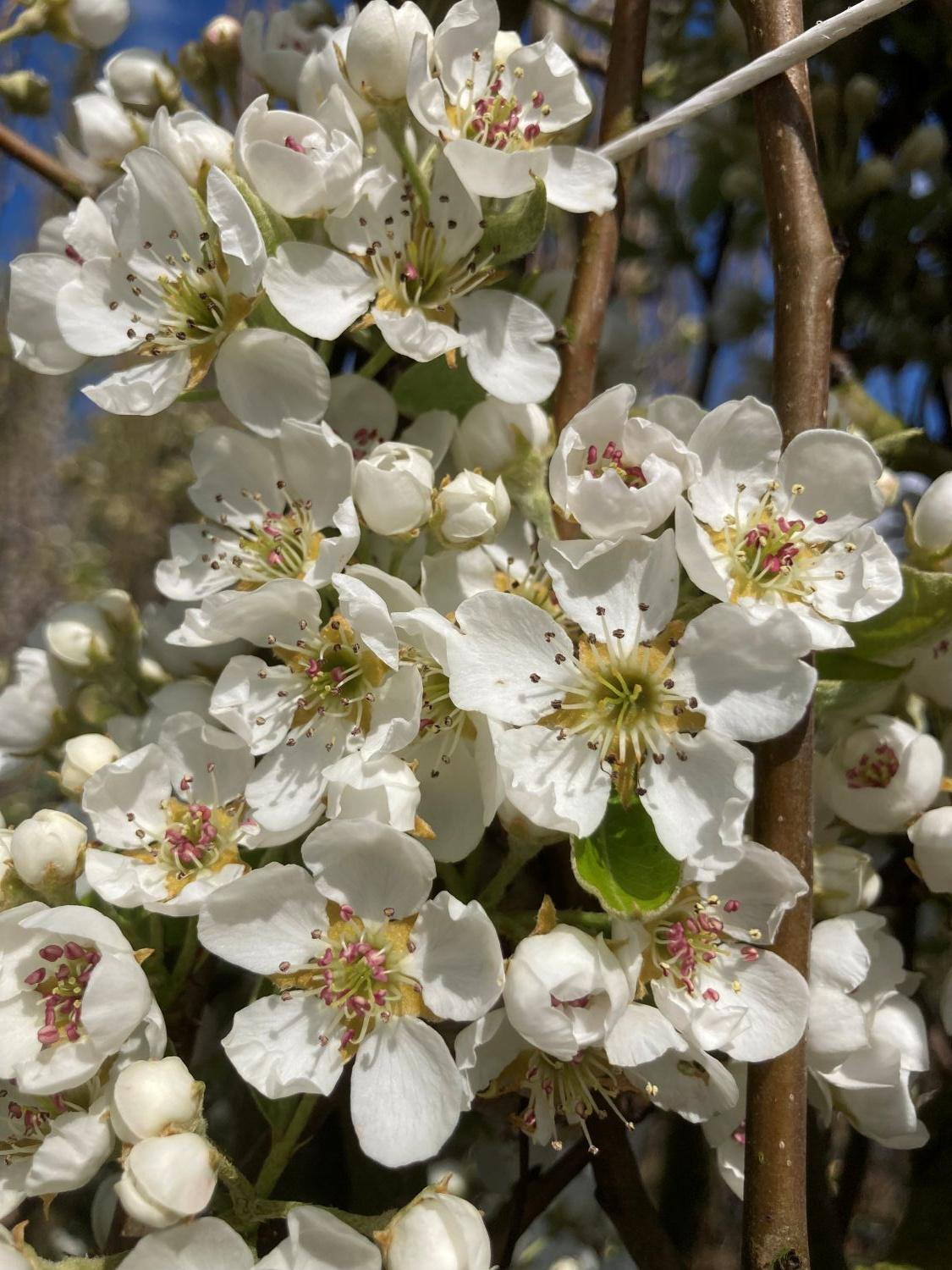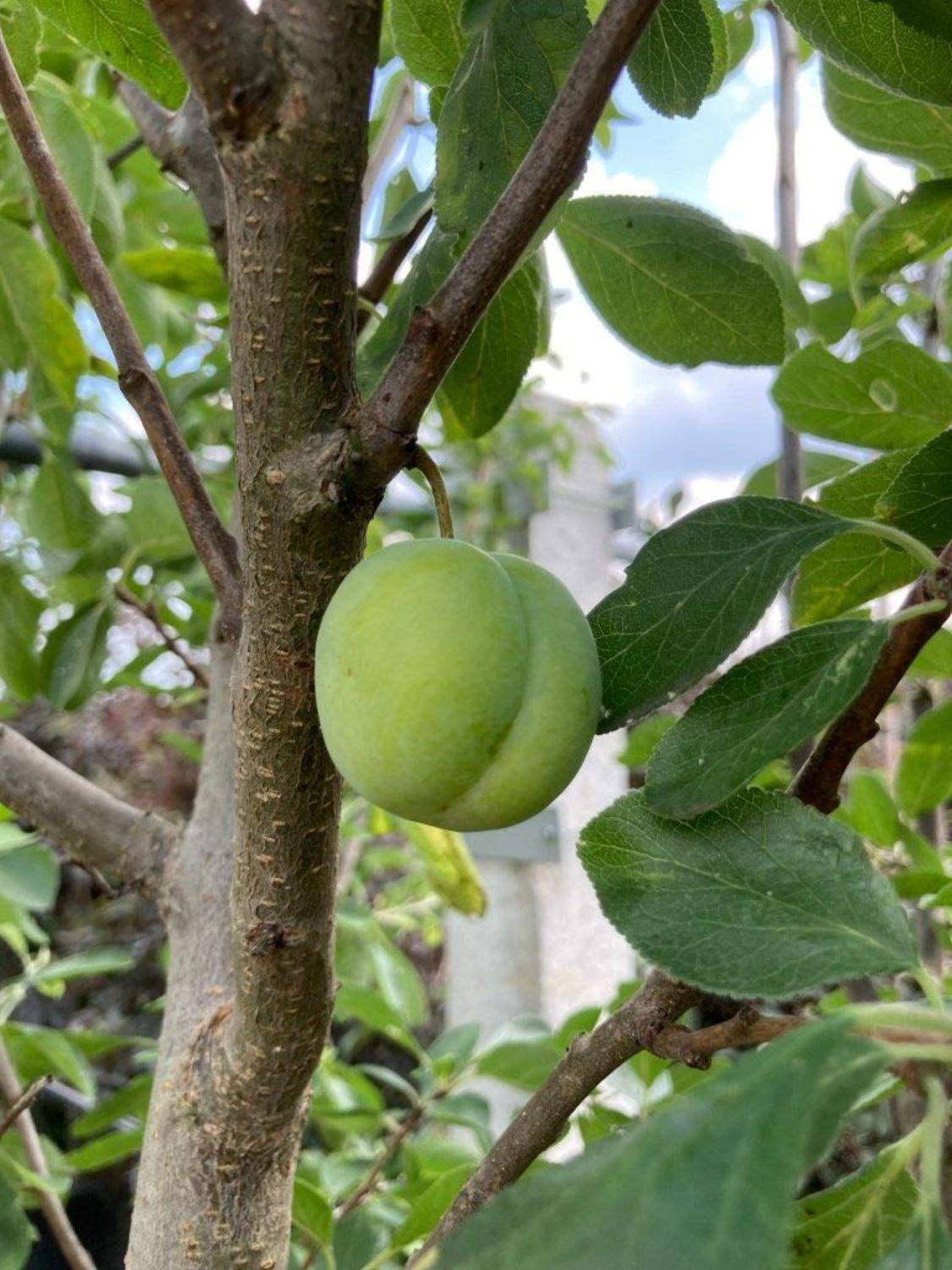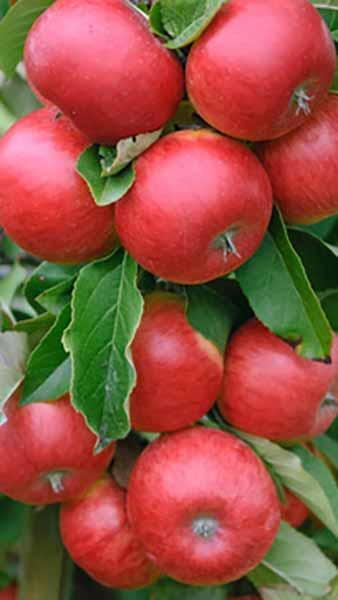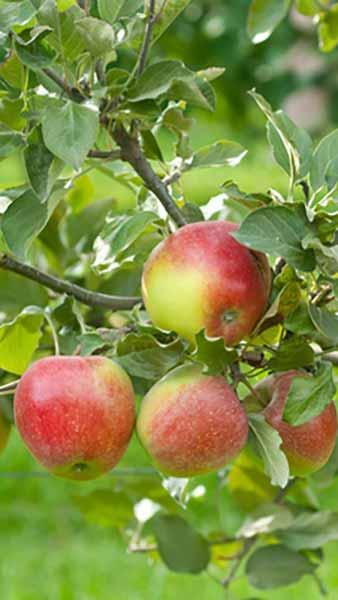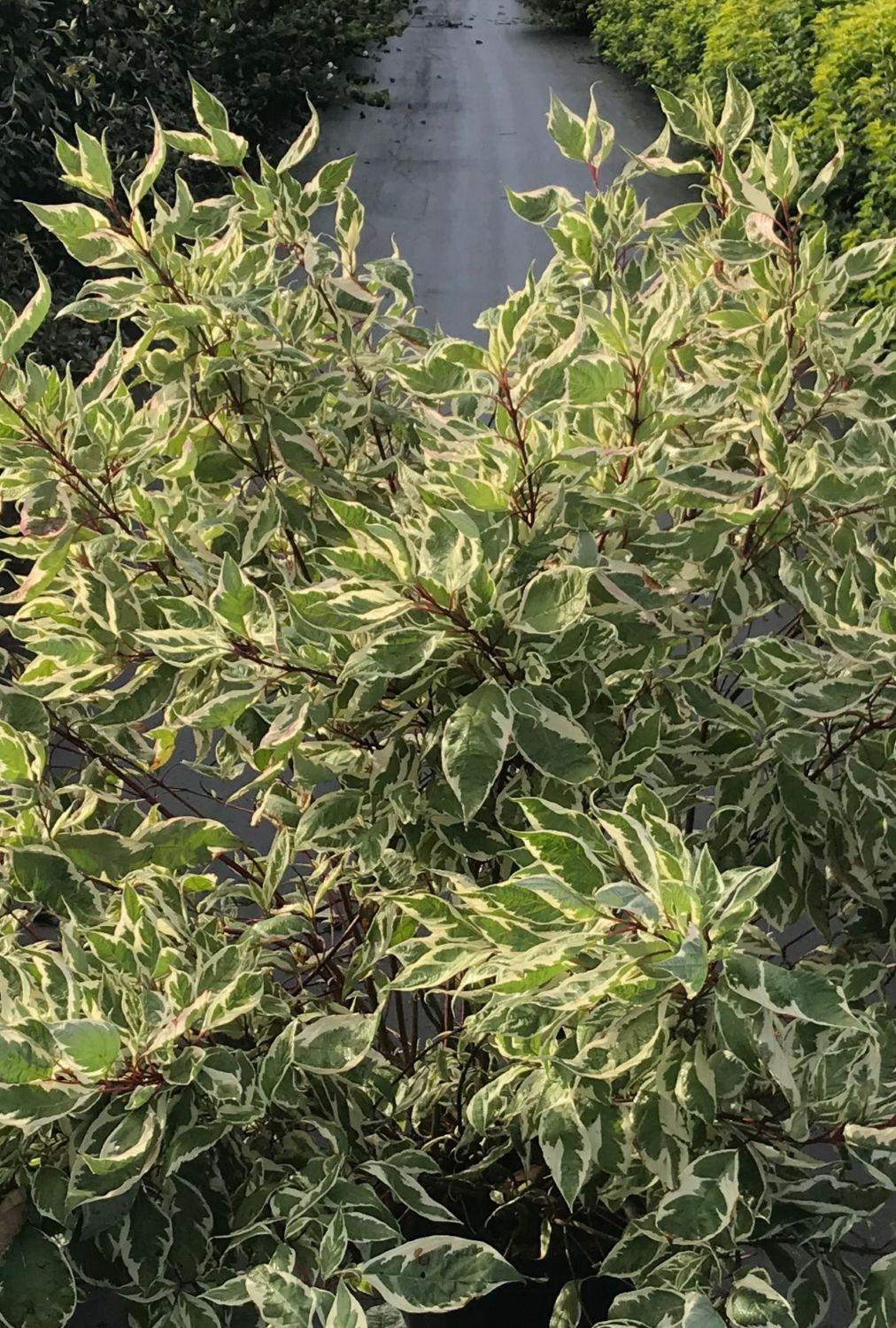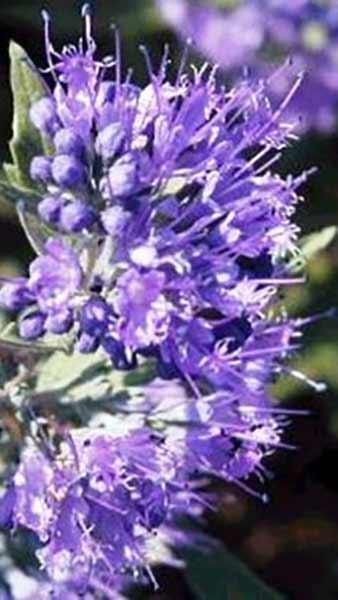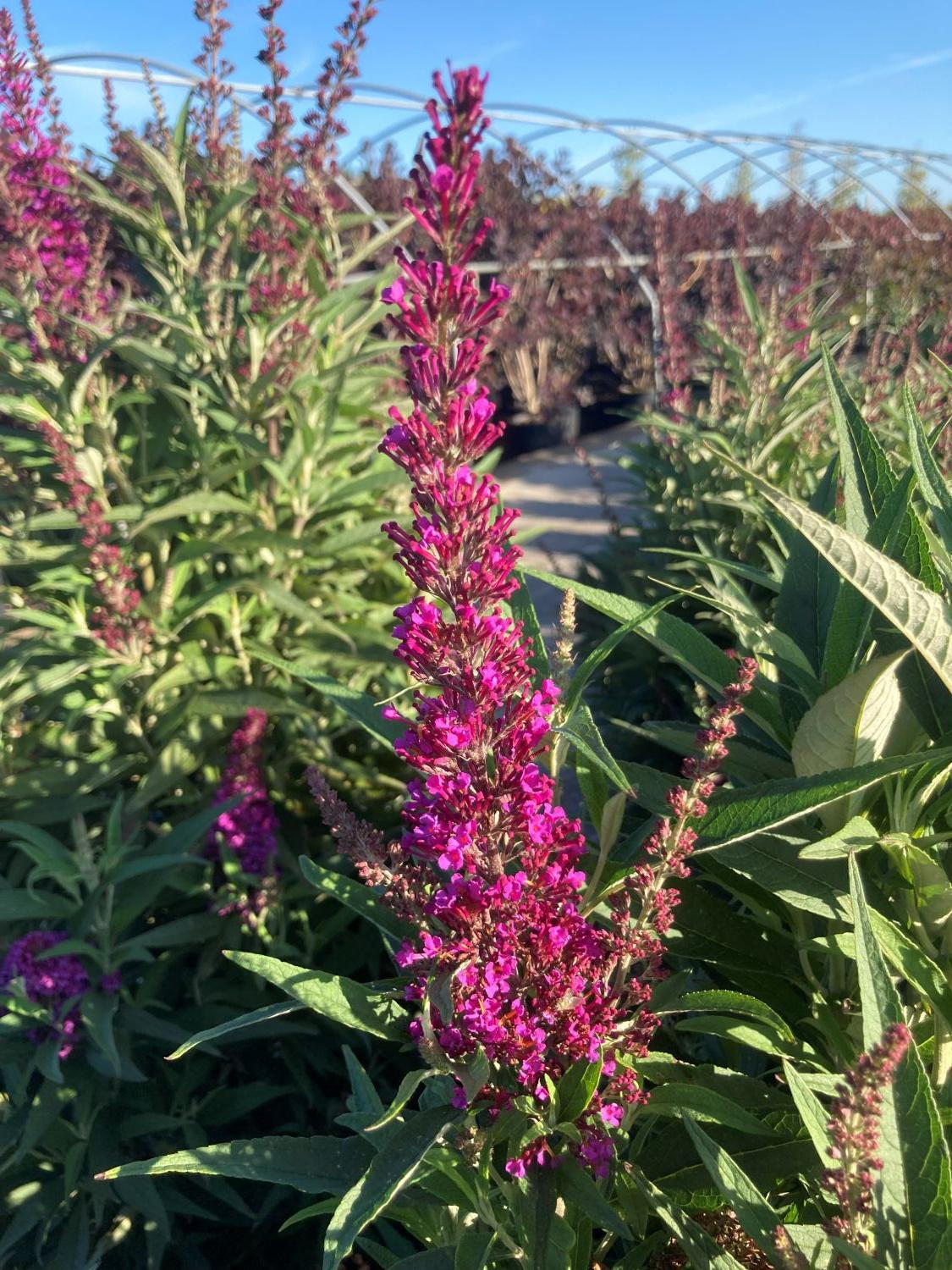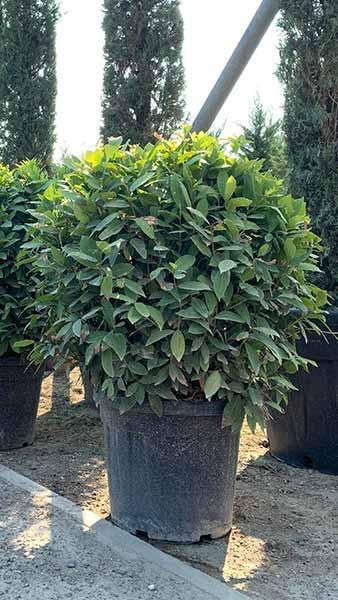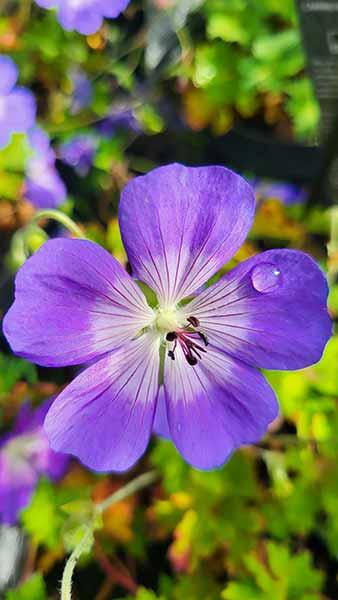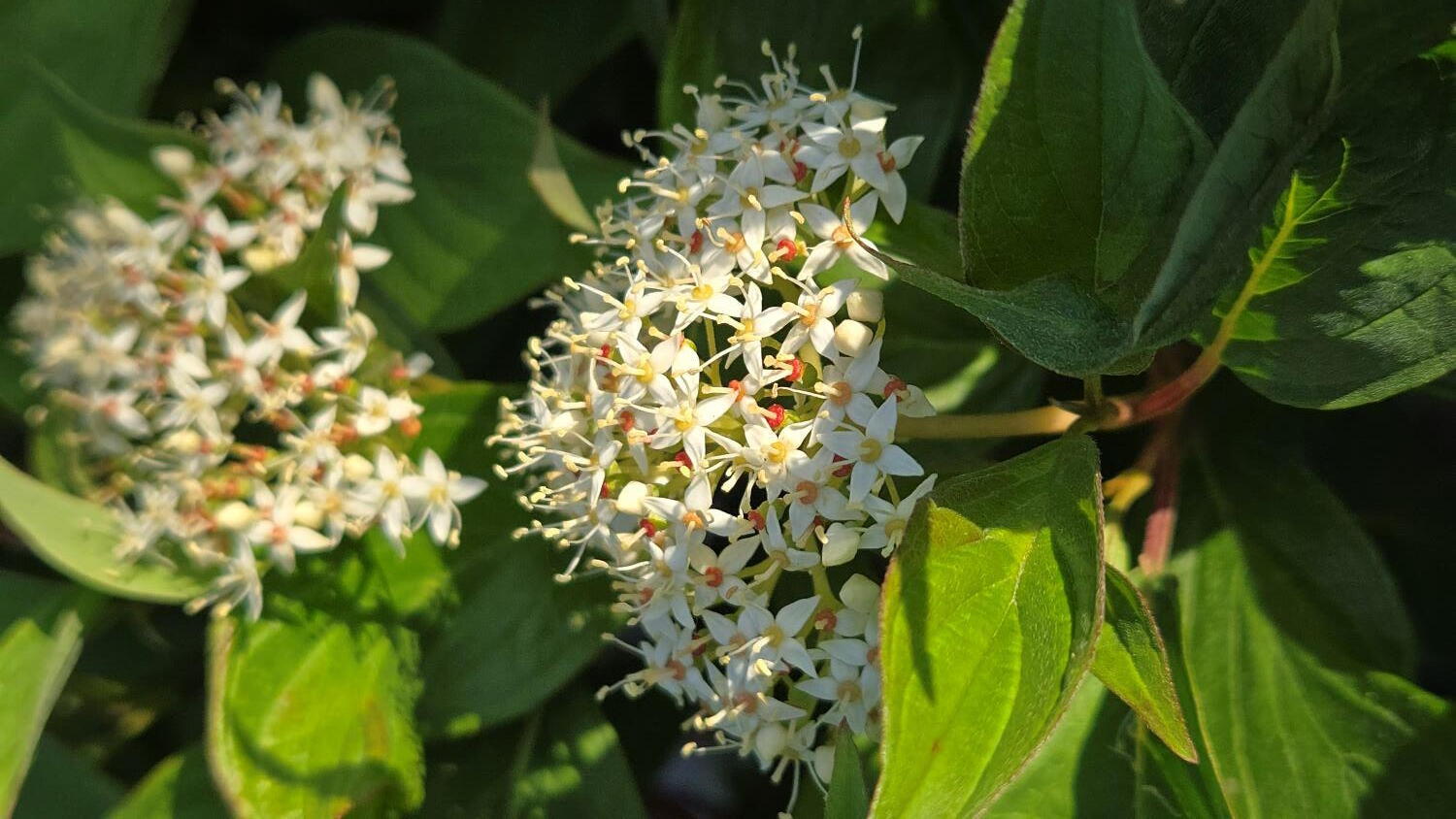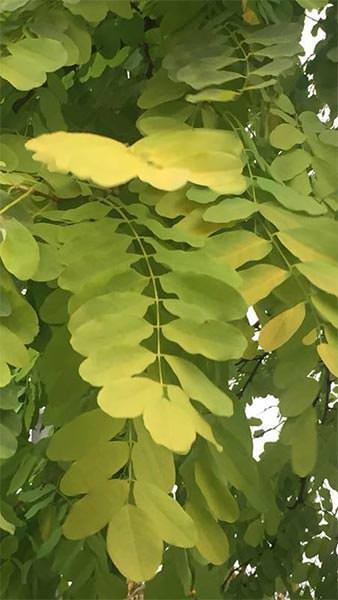Robinia Pseudoacacia Standard Common Robinia False Acacia
Robinia pseudoacacia, also known as Common Robinia or False Acacia is an attractive, large deciduous tree prized for its pea-like flowers and exceptional hardiness. The specimens we offer are already formed and shaped as standard trees on a long clear stem, making them ideally suited for a focus of interest in the garden or lining pathways, when planted in rows and for above the fence screening.Dense and textured, the deciduous foliage consists of dark green, pinnate leaves that turn to yellow in the autumn. In June, the highly-decorative foliage serves as a contrasting backdrop to a profusion of lovely white pea-like flowers, borne in long pendant racemes. The blossoms are not only decorative, but attract bees as well, which led to this cultivar winning the Perfect for Pollinators badge. The impressive floral display is followed by purplish-brown seed pods. In the winter, the rugged bark and thorny branches offer interest.Similar to other Robinia varieties, False Acacia is quite undemanding and adaptable. This cultivar will tolerate dry and poor soils- including clay, urban pollution, light shade, drought, and deer. However, to ensure best results, plant Common Robinia in a sunny spot in your garden, where soil is moist and rich in nutrients. As this cultivar does not perform well in overly wet soils, make sure to provide proper drainage. Considered pest and disease free.Native to the USA and Northern Mexico, Robinia pseudoacacia fares well in harsh climates. With the ability to survive even if the temperatures drop to 20 degrees below zero, Common Robinia is fully hardy in the United Kingdom. Its good constitution and performance, as well as its highly-decorative appearance, earned this variety the coveted Award of Garden Merit by Royal Horticultural Society.With a fast growth rate and a spreading habit, False Acacia can grow to be over 12 metres high and 8 metres wide, in a period of 2 to 50 years. In its full standard shape however, it is easy to keep in shape with an annual trim.Pretty oriental appearance and resilience make Robinia pseudoacacia a great candidate for a low-maintenance specimen tree. The trees we offer are full standard, with a clear stem and a striking, round crown, which offers both architectural and ornamental value. Trained like this, False Acacia is also suitable for mass plantings, whether to create a stunning tree border or line avenues and walkways.Make sure to take a look at our collection of elegant clear stem trees.
